Design Audits - what are they and why are they useful?
How do you create focus for a design project?
What are the steps to ensure that the process doesn’t miss anything nor misunderstand other things?
It’s called the design audit - A design audit is a review and an analysis of all the visual and technical elements of a website, an app, all the various digital and non-digital design/marketing campaign products.
Benefits of a design audit - increased visibility, strengthen brand identity, improve users search capabilities.
When it all comes down to it, it is the necessity to realize that research should be done and a discussion (probably more than one) about the follow-up conclusions, be scheduled. When do you need a design audit? An audit does not occur unless a product or service is already out there and in the market. So, it generally happens when a change occurs. This can be a shift in the power structure - a new boss comes in and has a difference vision for the product’s future or the product according to the numbers (who is attending a seminar or how many people are buying that product) is not improving, possibly worsening.
You can also think of an audit from the preventative perspective, kind of like going to the dentist twice a year even though you don’t have a tooth ache, to ‘check-up’ on the situation and have a quick review of the status.
The final step in a design audit is the phasing of the implementing of the new and revised directions.
An important benefit from conducting a design audit is the educational process the business owner goes through to understand more thoroughly what exists and what direction the future will be and most importantly - WHY!
If this is done right and to do this right sometimes it requires more than one design professional to help in the analysis process, the final outcome can provide a successful outcome which could be interpreted as - more seats at your seminars or more of your audience choosing your product over your competitors choice, etc.
Some audit questions and steps -
what are your goals?
understand the audience (again, hopefully this was done originally)
critically look at the existing design/marketing components such as the website, the app, the print materials, etc.
review the brand identity and the logo - it’s individual components such as the user analysis, the ‘feeling’ the company wants to evoke and promote, the colour palette, the typeface choices, etc.
the user’s accessibility (needs a thorough definition and therefore a full discussion relating to the goals)
a re-examination of all the written components
When you schedule your next dental check up, also schedule your company’s design audit. I promise it won’t hurt.



